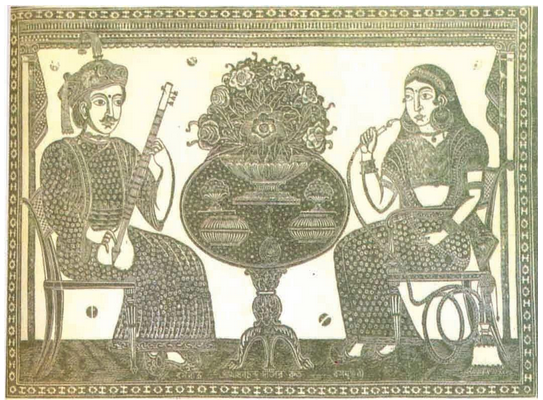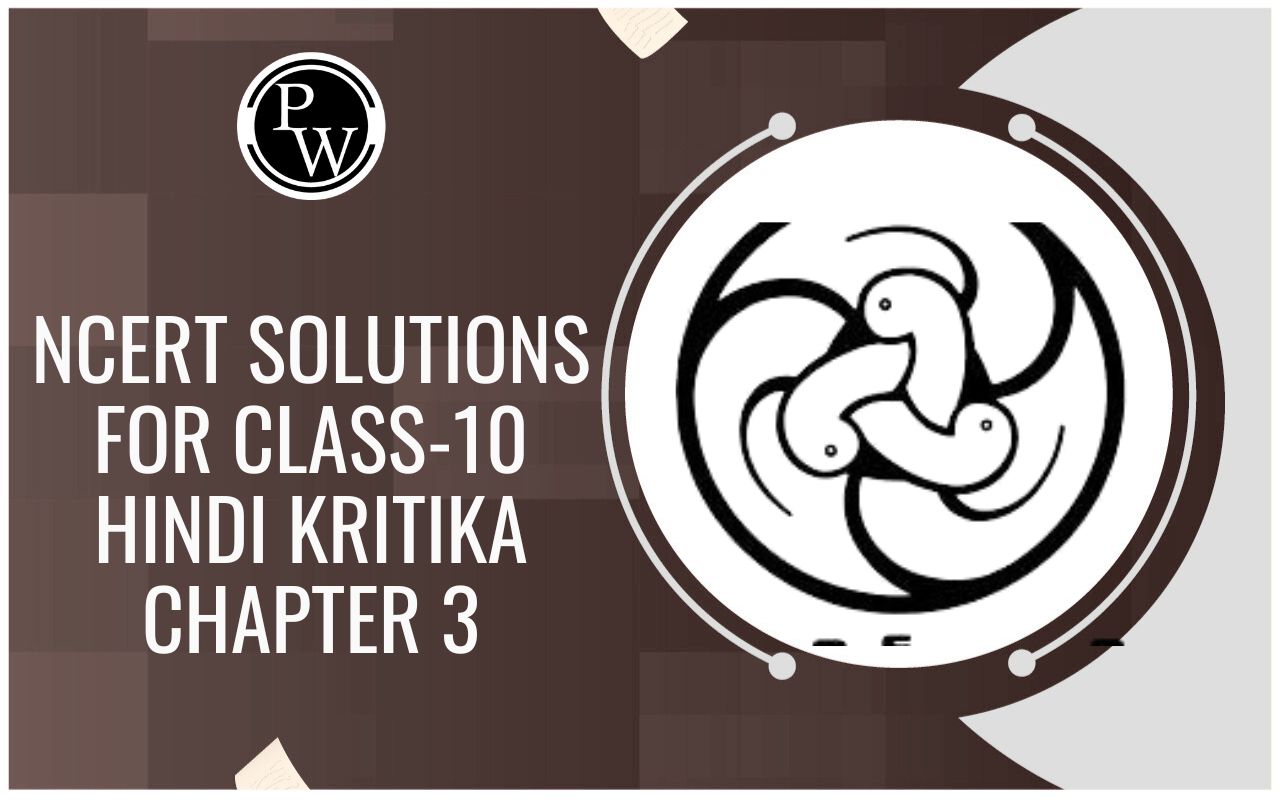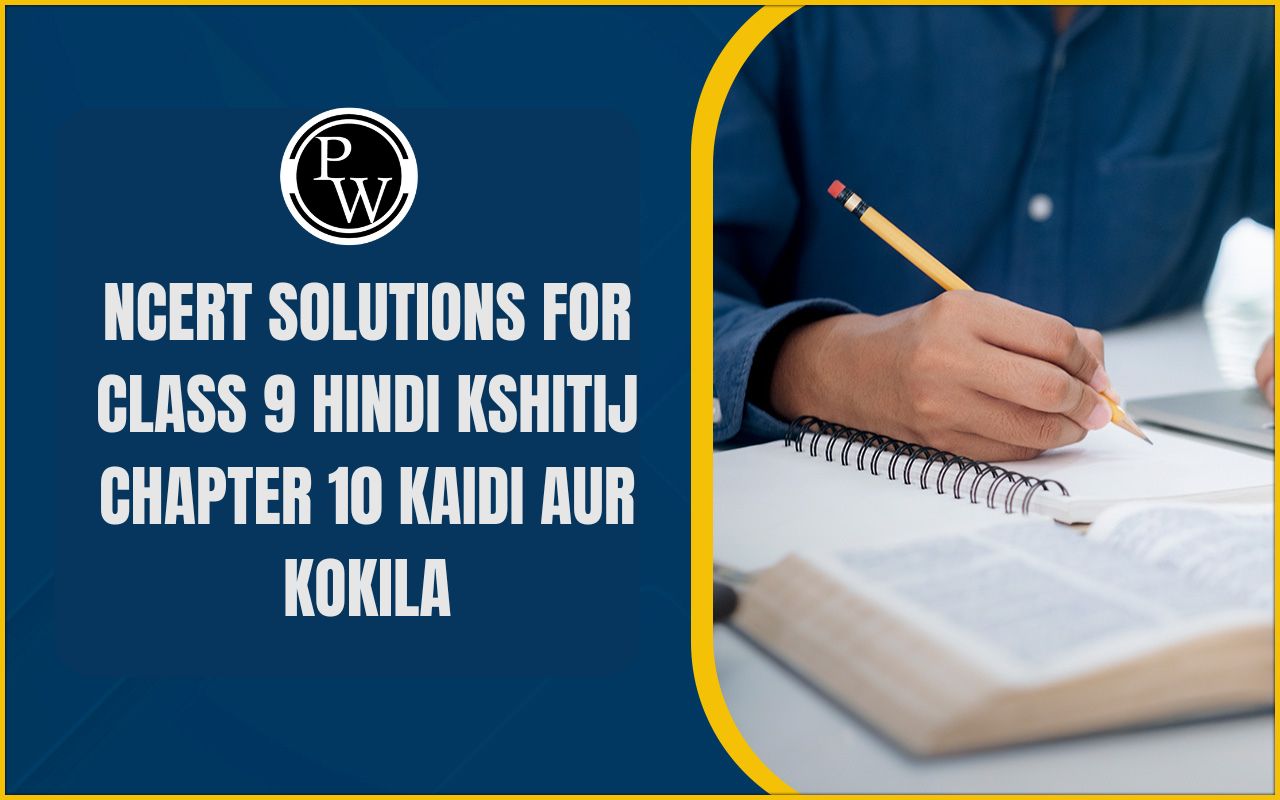
New Forms Of Publication
Print Culture And The Modern World of Class 10
New Forms Of Publication
- Many new expectations of the readers, their experiences, emotions were being printed now in book shape because of an extended readership.
- An appetite for new kinds of writing was created by printing. As more and more people could now read, they wanted to see their own lives, experiences, emotions and relationships reflected in what they read.
- The novel, a literary firm which had developed in Europe, ideally catered to this need. It soon acquired distinctively Indian forms and styles.
- All the new themes, topics and social, political ideas of the people became new form of literary text and readily available to larger section of people due to modern printing press.
- Other new literary forms also entered the world of reading – lyrics, short stories, essays about social and political matters.
- In different ways, they reinforced the new emphasis on human Lives and intimate feelings, about the political and social rules that shaped such things.
- By the end of the nineteenth century, a new visual culture was taking shape.
- With the setting up of an increasing number of printing presses, visual image could be easily reproduced in multiple copies.
- Painters like Raja Ravi Verma produced images for mass circulation.
- Cheap prints and calendars, easily available in the bazaar, could be bought even by the poor to decorate the walls of their homes or places of work.
- By the 1870s, caricatures and cartoons were being published in journals and newspapers, commenting on social and political issues.
- Some caricatures ridiculed the educated Indians’ fascination with Western tastes and clothes, while others expressed the fear of social change.
- There were imperial caricatures lampooning nationalists, as well as nationalist cartoons criticizing imperial rule.
WOMEN AND PRINT:
(i) Women education: Writers started writing about the lives and feelings of women and this increased the number of women readers. Women got interested in education and many women schools and colleges were set up. Many journals started emphasizing the importance of women education.
(ii) Women writers: In East Bengal, in the early nineteenth century, Rashsundari Debi, a young married girl in a very orthodox household, learnt to read in the secrecy of her kitchen. Later, she wrote' her autobiography "Amar Jiban" which was published in 1876, was the first full-length autobiography published in the Bengali language.
From the 1860s, many Bengali women writers like Kailashbashini Debi wrote books highlighting the experiences of women. In the 1880s, in present-day Maharashtra, Tarabai Shinde and Pandita Ramabai wrote with passionate anger about the miserable lives of upper-caste Hindu women, especially widows. The poor status of women was also expressed by Tamil writers.
(iii) Hindu writing and women: Hindu printing began seriously only from the 1870s. Soon, a large section of it was devoted to the education of women.
(iv) New journals: In the early 20th century, the journals written by women became very popular in which women's education, widowhood, widow remarriage etc. were discussed. Some of them offered household and fashion lessons for women.
(v) Teachings for women: In Punjab, Ram Chaddha published istri Dharm Vicharto teach women how to be obedient wives. The Khalsa Tract Society published cheap booklets with a similar message. In Bengal, an entire area in central Calcutta - the Battala - was devoted to the printing of popular books. Peddlers took the Batala publications to homes, enabling women to read them in their leisure time.

An Indian couple, black and white woodcut
PRINT AND THE POOR PEOPLE:
Very cheap small books were brought to markets in nineteenth-century Madras towns and sold at crossroads, allowing poor people traveling to markets to buy them.
- Public libraries: Public libraries were set up from the early twentieth century, expanding the access to books. For rich local patrons, setting up a library was a way of acquiring prestige.
- Highlighting the issue of class discrimination: From the late nineteenth century, issues of caste discrimination began to be written about in many printed tracts and essays. Jyotiba Phule, the Maratha pioneer of ‘low caste’ protest movements, wrote about the injustices of the caste system in his Gulamgiri (1871). In the twentieth century, B.R. Ambedkar in Maharashtra and E.V. Ramaswamy Naicker in Madras, better known as Periyar, wrote powerfully on caste and their writings were read by people all over India. Local protest movements and sects also created a lot of popular journals and tracts criticising ancient scriptures and envisioning a new and just future.
Poor workers and print: Workers in factories were too overworked and lacked the education to write much about their experiences. But Kashibaba, a Kanpur millworker, wrote and published Chhote Aur Bade Ka Sawal in 1938 to show the links between caste and class exploitation. The poems of another Kanpur millworker, who wrote under the name of Sudarshan Chakra between 1935 and 1955, were brought together and published in a collection called Sacchi Kavitayan. By the 1930s, Bangalore cotton millworkers set up libraries to educate themselves, following the example of Bombay workers. These were sponsored by social reformers who tried to restrict excessive drinking among them, to bring literacy and, sometimes, to propagate the message of nationalism.







